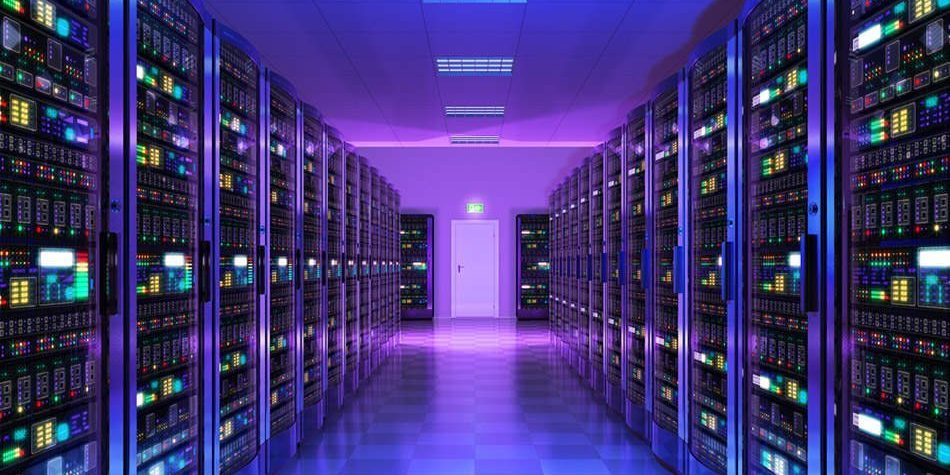Information technology undergoes changes and evolutions every day that affect the entire industry, including data centers. If in the past the Data Center was considered outdated, today it has proven to be more relevant than ever with continuous new openings in all parts of the world. Certainly the main reason for this new “rise” of the Data Center is the constant growth of the volume of data with the consequent increase in the processing load and network to process them. Unlike a few years ago, the time required to acquire new storage and server space has been greatly reduced: it’s a matter of minutes! Speed and flexibility are therefore key to scaling infrastructure up or down depending on the success of your project or application.
Another aspect to be taken into consideration is the progressive outsourcing of Corporate Data Centers: outsourcing and cloud (public and private) allow Data Centers to be transferred externally, in structures that manage the corporate IT infrastructure according to a modern phenomenon called “glocality” on the basis of which economies of scale (personnel, purchase of hardware and software resources) are exploited. This trend goes hand in hand with the implementation of ever larger data centers, so-called HyperscaleData Centers. Even the big cloud players are starting to implement premises-based facilities to ensure ease of management from a regulatory perspective as well. The green factor closes the list of reasons for the “rebirth” of Data Centers: greater attention is paid to the theme of energy saving both from an ethical point of view and for the mere need to obtain substantial savings from an economic point of view.
We mustn’t think that this is a prerogative of the big companies that are the protagonists of web services such as Facebook or Google; also in Italy some important Data Centers are being born, even if there are still some complexities linked to the regulatory and authorization path. In addition to being bigger and better performing, today’s Data Centers are increasingly software definend which means that everything has been virtualized: both the computing part, storage and even networking. This allows for faster activation of the resources that are needed for a given project. It’s all done with just a few clicks, using simplified, unified programmable interfaces.
Given current trends, it’s fair to wonder how the data center will evolve in the future. Certainly it will be necessary to maintain if not increase the efficiency but at the same time also the automation of Data Centers by exploiting the logic of machine learning.
Sara Avanzi

